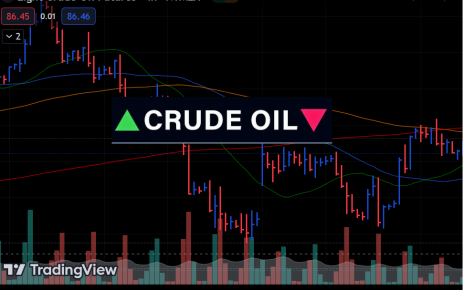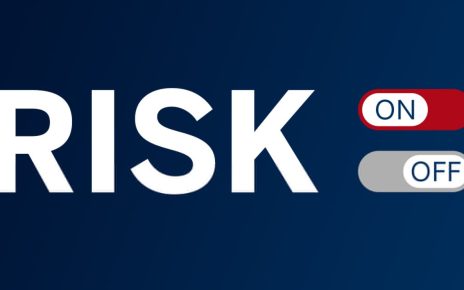- The US released data showing higher-than-expected employment claims.
- Treasury yields rose after hawkish remarks from Fed officials.
- Economists foresee a drop in US employment in March.
Interest futures ended higher on Thursday as investors positioned themselves ahead of the monthly US employment report. However, prices fluctuated during the session as rate cut expectations kept changing.
US initial jobless claims (Source: Labor Department)
The US released data showing higher-than-expected employment claims. These figures indicated easing conditions in the labor market, supporting Fed rate cuts. As a result, bets for a cut in June rose. Meanwhile, Treasury yields fell, allowing the bond market to rally.
However, later in the session, Treasury yields recovered after hawkish remarks from Fed officials dampened rate cut expectations. According to Fed’s Thomas Barkin, the central bank has time to consider economic data before implementing the first rate cut. The US economy has remained resilient, and inflation has paused its decline. Therefore, instead of cutting too early and causing another spike in inflation, the Fed might choose to wait and watch for a little longer.
Similarly, Fed’s Neel Kashkari said there might be no need to cut rates this year if the inflation declines stalls. Meanwhile, Austan Goolsbee believes that housing services are keeping inflation high. Therefore, inflation might remain high unless there is a significant decline in prices in the housing sector.
This is a small departure from recent comments by Fed Chair Jerome Powell. According to him, the central bank will most likely cut interest rates by the end of the year. However, he also emphasized the need to watch incoming data for guidance on the timing of rate cuts.
After these comments, short-term yields representing interest rate expectations surged together with the dollar. This temporarily put pressure on interest futures. However, there have been a lot of mixed signals in recent weeks regarding interest rates. Both economic data and policymakers have caused uncertainty about the timing of the first rate cut. Still, the overall picture supports rate cuts. Although inflation has stalled, it is in a downtrend. At the same time, although the US economy remains robust, pockets of weakness might prompt the Fed to cut rates.
The next big indicator for the rate-cut outlook is the NFP report. Economists foresee a drop in employment in March. This outcome would further support the need for rate cuts by the end of the year. Consequently, it would boost interest futures.





